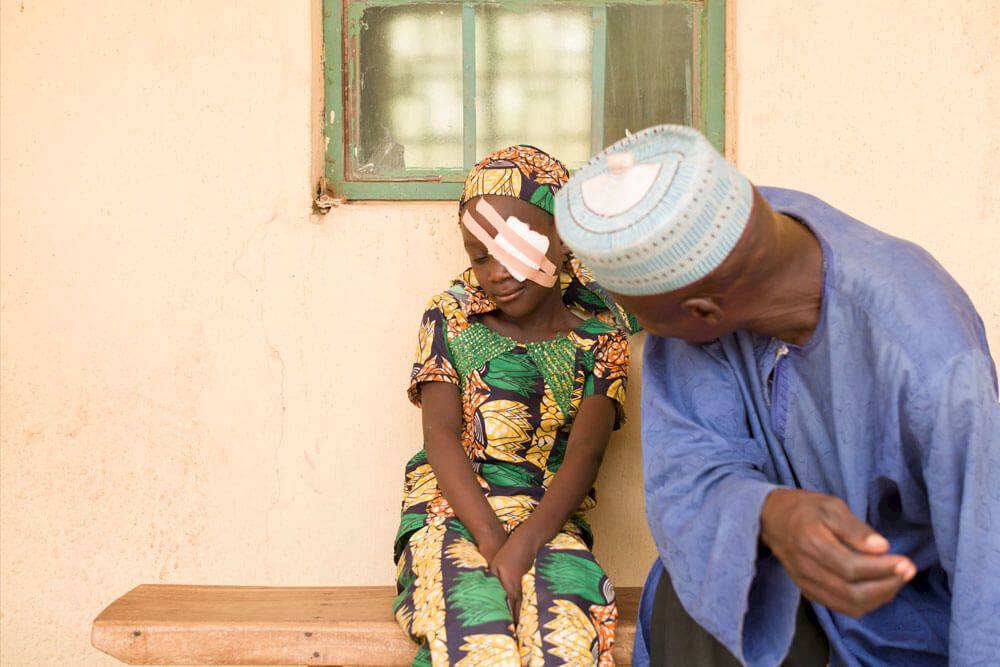
International Charity Sets Its Sights On Africa With Disease-Eliminating Strategy
For decades, trachoma ranked as the most important cause of blindness in the West African country of Ghana. Here’s a look at the strategy Sightsavers, an international NGO, executed to eliminate a disease in Ghana that has plagued humanity since antiquity.
By Forbes Insights
For decades, trachoma ranked as the most important cause of blindness in the West African country of Ghana. Spread by flies, touch and clothing, this infectious disease makes eyelashes turn inward, scraping the eyeball painfully with every blink and gradually causing blindness.
“Not only do people with trachoma experience the tragedy of not being able to see their family, and the stigma attached to that, but there’s also the sheer pain of the disease—it’s horrible.”
Caroline Harper
CEO of Sightsavers
Sightsavers joined forces with other members of the International Coalition for Trachoma Control and thousands of government, health, education and development workers to eliminate trachoma in Ghana, and in June 2018 it became the first country in sub-Saharan Africa to achieve this milestone, according to the World Health Organization (WHO).
More than 6,000 people in Ghana received sight-saving surgery and 3.3 million doses of an antibiotic that treats and protects people from infection. Harper spoke about Sightsavers’ success during her talk at the TED2018 conference1, where she also launched an initiative to eliminate the disease worldwide, supported by The Audacious Project, a collaboration between nonprofits and social entrepreneurs housed by TED to identify ideas with the potential to spark change.
Dedicate And Mobilize The Right Resources To Get The Job Done
Significant challenges can derail any humanitarian relief program, from tracking the distribution of high-cost drugs to raising prevention awareness in a country that still relies on radio for mass communication.
But the biggest challenge facing Sightsavers was uniting a wide range of partners with varying mandates and vested interests. These partners included the Ministry of Health and Ghana Health Service, local communities, pharmaceutical giant Pfizer, the WHO, funders, more than 20 NGOs and members of the International Coalition of Trachoma Control, including the International Trachoma Initiative, The Carter Center and USAID END in Africa.
Here’s a look at the WHO-designed strategy Sightsavers executed to eliminate a disease in Ghana that has plagued humanity since antiquity.
Download and read the full case study.
Published on 7 February 2019, by Forbes